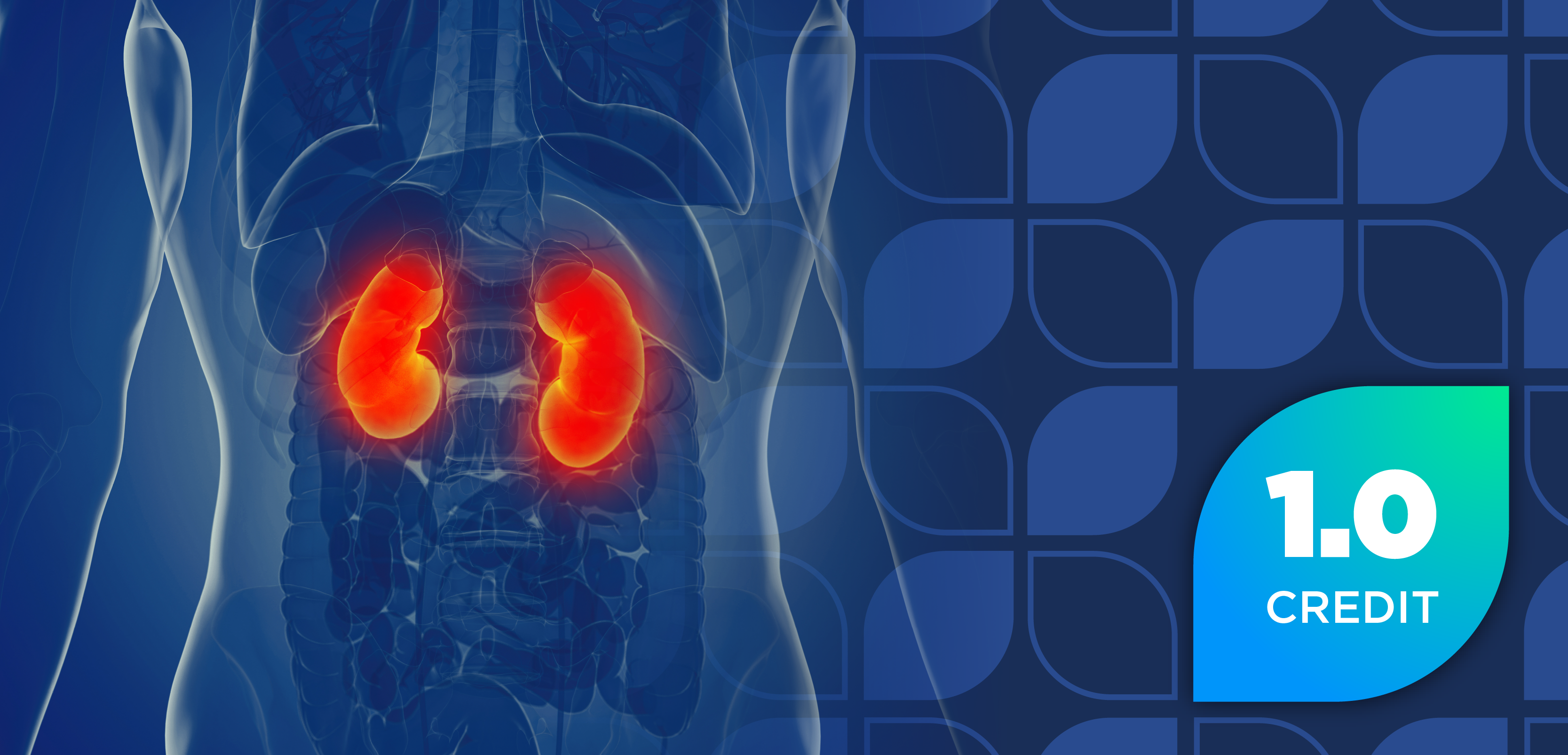
FDA Officials Near Decision on Aficamten for Obstructive Hypertrophic Cardiomyopathy
Key Takeaways
- Aficamten targets a unique myosin binding site, aiming to reduce left ventricular outflow tract obstruction while minimizing excessive systolic function reduction.
- The SEQUOIA-HCM trial showed aficamten significantly improved peak oxygen uptake and secondary endpoints in symptomatic obstructive HCM patients.
Aficamten offers new hope for HCM patients, showing significant clinical benefits and safety in recent trials, enhancing treatment options.
Aficamten (Cytokinetics), a next-generation cardiac myosin inhibitor, is approaching its Prescription Drug User Fee Act (PDUFA) target date of December 26, 2025, for the treatment of symptomatic obstructive hypertrophic cardiomyopathy (HCM).¹ The investigational therapy could expand the role of myosin inhibition in HCM, potentially offering a new option for patients who remain symptomatic despite guideline-directed medical therapy.
Mechanism of Action
Aficamten (Cytokinetics) and the first-in-class myosin inhibitor mavacamten (Camzyos; Bristol Myers Squibb) share a similar therapeutic goal—reducing left ventricular outflow tract (LVOT) obstruction by modulating cardiac contractility. But their mechanisms differ at the molecular level.
“Mavacamten stabilizes myosin into a relaxed ‘off’ state via binding to the catalytic domains of the myosin S1 head, leading to decreased ATPase activity and slowing of interactions with myosin and actin,” explained Craig J. Beavers, PharmD, FACC, FAHA, FCCP, BCCP, BCPS-AQ Cardiology, CACP, in an interview with Pharmacy Times. “Aficamten binds to a distinct allosteric site on S1 domain of myosin. This reduces the ATPase activity by slowing phosphate release and stabilizing a weak actin-binding state.”
By targeting a different binding site, aficamten aims to deliver consistent hemodynamic benefits while minimizing the risk of excessive systolic function reduction, which is a longstanding concern with this class of medications.2
Clinical Evidence from SEQUOIA-HCM
The phase 3 SEQUOIA-HCM trial (NCT05186818), published in The New England Journal of Medicine, evaluated aficamten (Cytokinetics) in adults with symptomatic obstructive HCM who were on stable background therapy. Patients receiving aficamten demonstrated statistically significant improvements in peak oxygen uptake (pVO₂) at week 24 compared with placebo, meeting the trial’s primary end point.3
Secondary endpoints also favored aficamten, with notable gains in Kansas City Cardiomyopathy Questionnaire clinical summary score (KCCQ-CSS), New York Heart Association (NYHA) functional class, and reductions in LVOT gradients at rest and with provocation.³
“I think the big thing was this was another positive trial for cardiac myosin inhibitors for symptomatic obstructive HCM, with it improving peak oxygen uptake, the primary outcome, and all other end points, which included quality of life indicators,” Beavers said. “Thus, clinical improvement in symptoms due to decreased LVOT. It also appeared safe with no signs of risk of heart failure with reduced ejection fraction (systolic dysfunction), like with mavacamten. This means the class as a whole is impactful. This is critical to change the treatment landscape for HCM.”
Regulatory Considerations
Mavacamten carries a Risk Evaluation and Mitigation Strategy (REMS) due to its potential to cause heart failure with reduced ejection fraction, requiring regular echocardiographic monitoring.² While aficamten’s safety profile in SEQUOIA-HCM did not show evidence of this adverse effect, regulators may still take a cautious approach.
“Given that we have seen REMS with mavacamten, due to the risk of heart failure with reduced ejection fraction, it may be [that] the FDA will want to see similar monitoring with all these agents (even if there are no signs in the trial), given the class effect,” Beavers noted. “Thus, I suspect the delay was the need to put REMS together (which was not planned). I do not see this changing how the drugs will be adopted given this is a part of the landscape of this treatment and disease.”
Implications for Pharmacists
If approved, aficamten will give pharmacists another option to support patients with obstructive HCM, especially those with persistent symptoms despite β-blockers, calcium channel blockers, or disopyramide. Pharmacists can expect to play a critical role in educating patients about the drug’s mechanism and monitoring requirements, coordinating follow-up echocardiograms if REMS is required, screening for drug interactions and contraindications, and supporting adherence to therapy and lifestyle modifications.
Conclusion
Aficamten’s potential approval represents another step forward in the treatment of obstructive HCM, reinforcing the therapeutic value of myosin inhibition. With strong phase 3 data and a PDUFA date approaching, attention now turns to the FDA’s decision and any associated prescribing requirements. Regardless of REMS designation, the drug is expected to integrate smoothly into specialist care pathways, offering hope for improved patient outcomes.
REFERENCES
Cytokinetics Announces New PDUFA Date for Aficamten in Obstructive Hypertrophic Cardiomyopathy. Cytokinetics.com. Published 2025.
https://ir.cytokinetics.com/press-releases/press-release-details/2025/Cytokinetics-Announces-New-PDUFA-Date-for-Aficamten-in-Obstructive-Hypertrophic-Cardiomyopathy-05-01-2025/default.aspx Maron MS, Masri A, Nassif ME, et al. Aficamten for Symptomatic Obstructive Hypertrophic Cardiomyopathy. New England journal of medicine/The New England journal of medicine. Published online May 13, 2024. doi:10.1056/nejmoa2401424
Maron MS, Masri A, Nassif ME, et al. Impact of Aficamten on Disease and Symptom Burden in Obstructive Hypertrophic Cardiomyopathy. Journal of the American College of Cardiology. Published online September 1, 2024. doi:10.1016/j.jacc.2024.09.003
Newsletter
Stay informed on drug updates, treatment guidelines, and pharmacy practice trends—subscribe to Pharmacy Times for weekly clinical insights.















































































































































































































